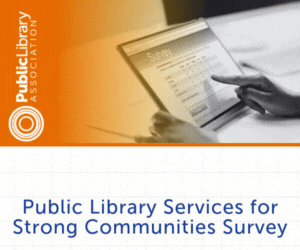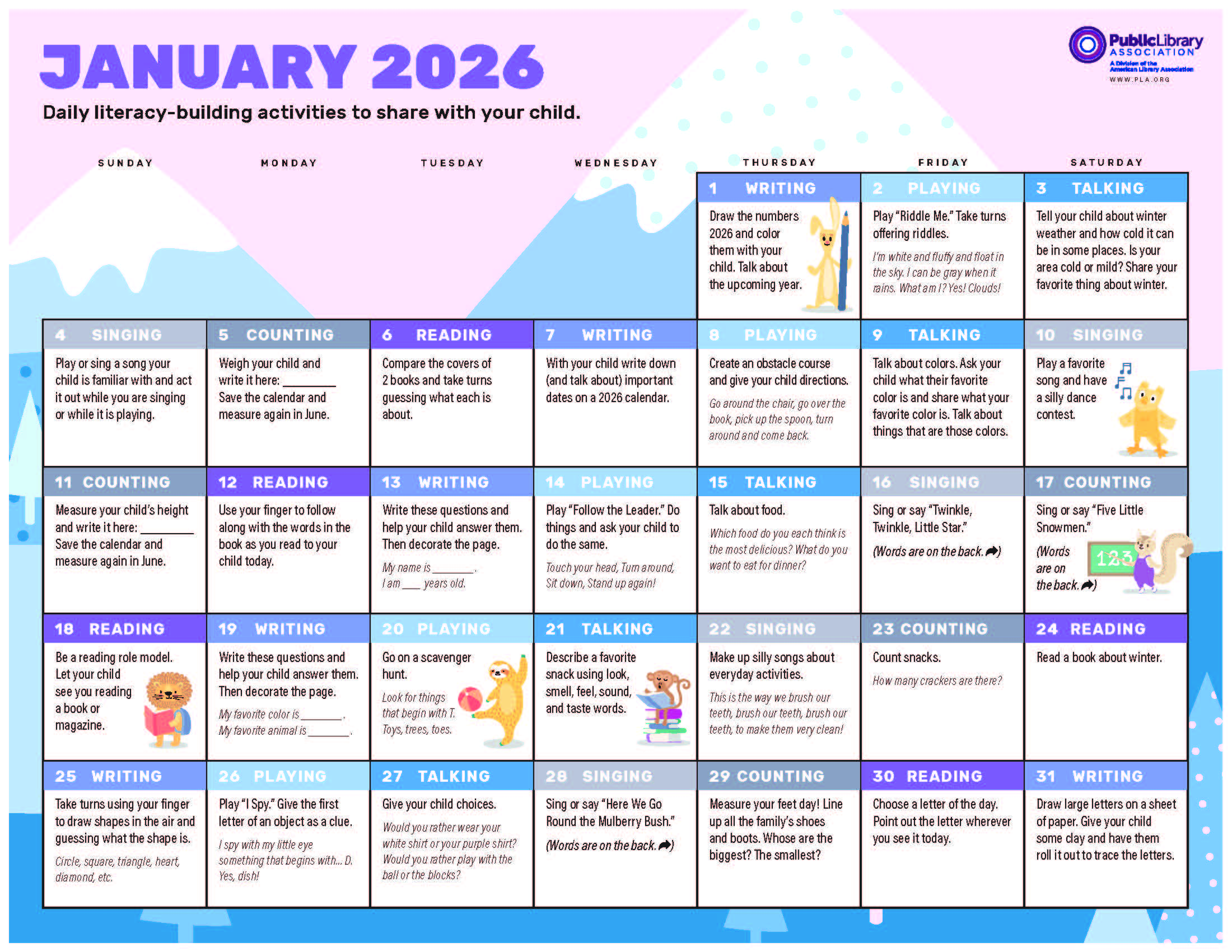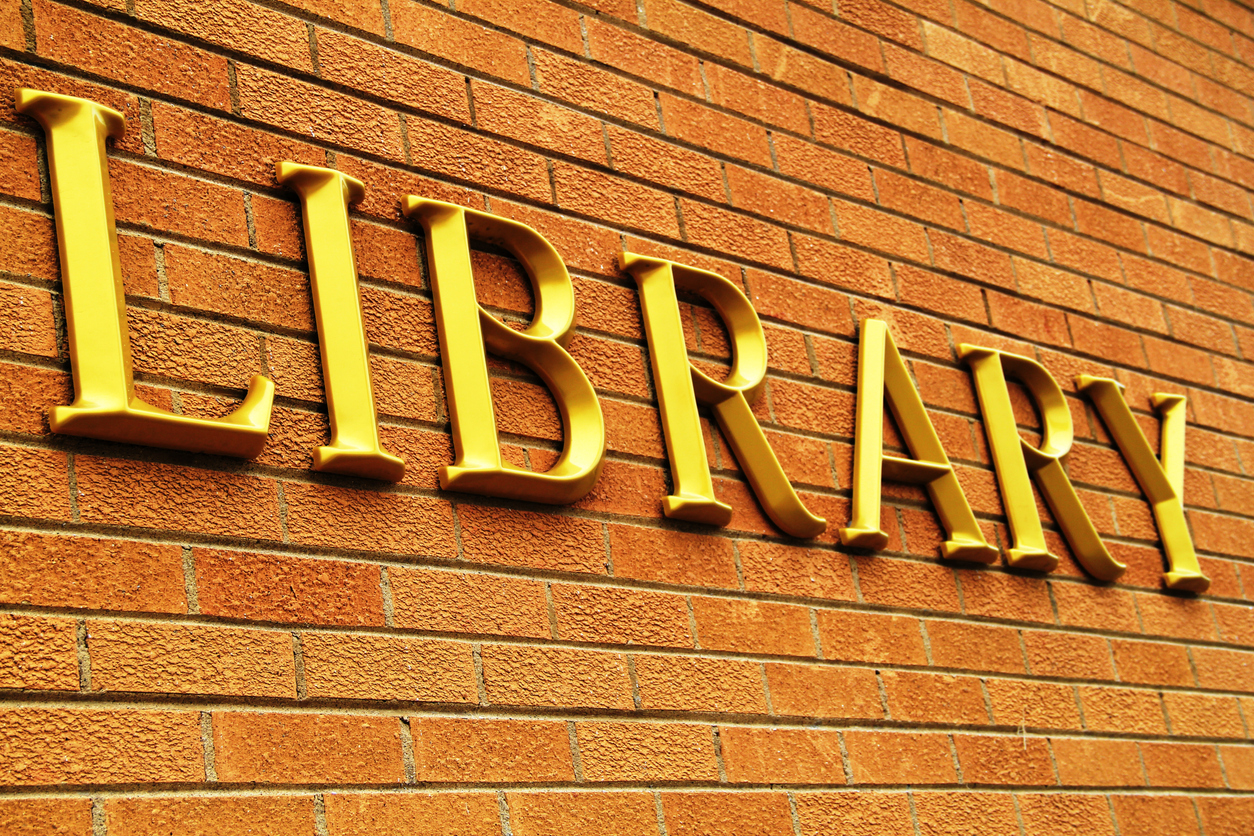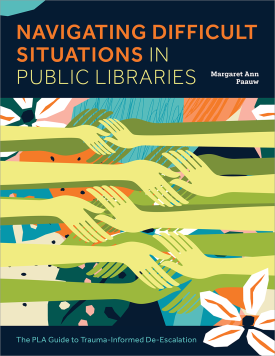Honoring Black History: Engaging Library Programs and Initiatives for Every Community
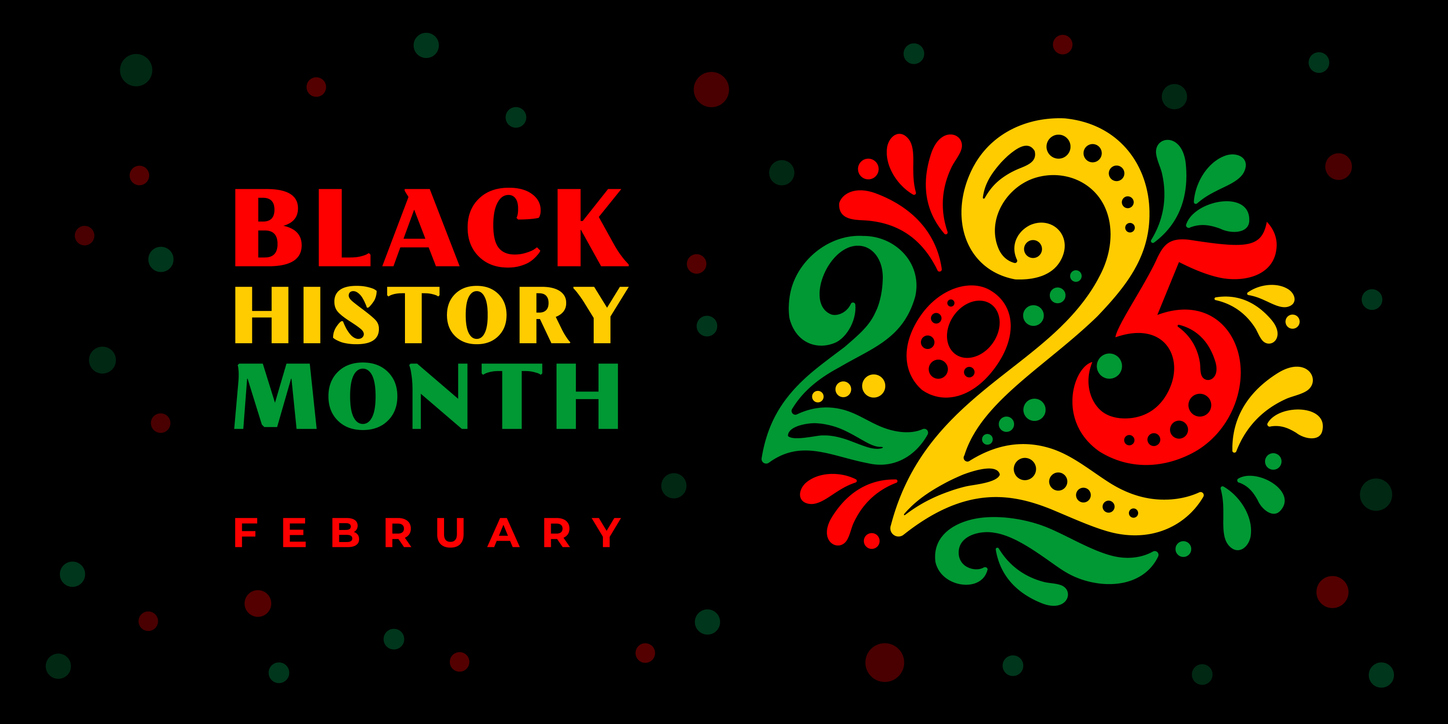
As February arrives, so does Black History Month, a time to honor the rich history and contributions of Black and African Americans. Public librarians develop innovative and meaningful ways to celebrate and engage their communities each year.
How a library celebrates Black History Month will vary widely on the community it serves, what resources are at its disposal, and what bandwidth its staff members have available to plan events. However, no matter how many or few resources libraries have available, there is a wide variety of activities a library can do to celebrate, ranging from in-person programs to virtual programming. This article offers at least a few ideas to incorporate into your programming repertoire.
In-Person Programming
Libraries interested in hosting an in-person Black History Month program for their communities have a wide variety of options available—and often, the best options are within the community nearby.
Historical programming is a natural choice for Black History Month. Presentations, mobile exhibitions, and more can be fun and educational options for your community. Librarians with an interest or skillset in genealogy and local history may be able to put together a presentation themselves; however, those who do not have such experience or already have a full plate may collaborate with local organizations.
Contacting local historical organizations such as Black historical or genealogical societies may be a great first step. These organizations may have presentations ready to share with community members of varying age groups. Many of these organizations also seek to build stronger relationships with community organizations such as libraries, so partnering is a mutually beneficial option for both groups.
Libraries in or near university towns can tap into local academic talent for Black History Month programming. Professors, students, and researchers may be available to share their expertise through educational presentations. While university faculty often speak to adults and older teens, many can tailor their talks for all ages or connect libraries with groups better suited for younger audiences.
Additionally, local nonprofits and arts groups can be a great way to celebrate Black arts and culture. Many major metropolitan areas have organizations dedicated to Black creatives in music, literature, and visual arts that may be willing to partner with the library for a performance, poetry reading, or listening session. Universities and even local school districts often have arts organizations on campus that perform in the community, such as world music ensembles or dance groups. These university-based organizations may be willing to perform in the evening or on a weekend for a nominal fee.
Suppose you do not have a local historical organization or arts group nearby. In that case, you can find assistance from statewide genealogical organizations, archives commissions, and significant historical museums in your state. These organizations may be willing to help with traveling exhibitions, local research, and more. Additionally, performers from different areas of the state or even the country may be willing to travel to your city to perform. Booking a performer can undoubtedly be a more expensive option, but it may be worth it if you find a performer you and your community enjoy.
Online Campaigns and Virtual Programs
Virtual programs and social media campaigns offer dynamic ways to celebrate Black historical figures, authors, and community members. While some may associate virtual programming with the lockdown era, it also provides an opportunity to connect with a broader range of organizations and speakers from across the state or even the country.
For those unable to coordinate an in-person visit with a local historical society, a virtual interview or presentation via YouTube video, Zoom, or live stream could be a substitute. A prerecorded YouTube video allows for more flexibility in interview times but may require more editing and YouTube savvy; a Zoom interview may be more straightforward to put together but have more time constraints.
Finally, don’t forget the power of social media. Highlighting Black authors or historical figures on social media can be positive and informative content for Black History Month. Like many other programs, this can be crafted entirely in-house by the social media team or in collaboration with local community organizations. If your city or county’s communication team allows you to do so, you can even collaborate on posts on Instagram.
Book Displays and Passive Programs
Passive or self-directed programming can be a powerful way to incorporate Black history into the library throughout the month.
Book displays are the easiest passive programs one can assemble for Black History Month, and there are many different angles one can take when putting one together.
The obvious choice is a display of biographies or works of renowned figures in Black history, such as Martin Luther King, Jr., Frederick Douglass, and more. However, celebrating contemporary Black authors, graphic novelists, and creators can be a fresh way to honor the month while highlighting lesser-known Black authors and creatives. Allowing community members, such as teen advisory groups, to craft displays for young adult books may be a great way to create community ownership in Black History Month programming.
However, book displays aren’t the only passive program that your library can create. The aforementioned traveling exhibits may be a good option, depending on how much manpower is required to set up and maintain them. Those that require less time and space may be a good option for guests to explore any time that the library is open.
Additionally, if your library offers art gallery space, collaborating with local Black art organizations to curate an exhibit is a great way to liven up the library’s walls and encourage guests to celebrate Black art and culture.
Unfortunately, Black History Month and other celebrations of BIPOC communities have increasingly faced opposition from “anti-DEI” movements. Some federal agencies have even restricted observances, which may lead to challenges at the local level. Libraries could encounter resistance from patrons, staff, upper management, or elected officials, making it essential to be prepared for potential criticism.
Standing Strong for Black History Month
If you receive pushback on Black History Month programming, keep these key points in mind when advocating for its importance:
- Black history IS local history. Whether in a large city or a rural area, the history of Black community members is intertwined with local historical events and deserves to be spotlighted.
- Black community members are interested in seeing themselves in library programming. Celebrating Black History Month allows guests to feel represented in their community library, which may potentially increase engagement with future programs and initiatives.
- Community members of all races and ethnicities should gain an understanding of each other’s culture. Black History Month programs may increase community connectedness and cooperation.
Meaningful Connections
Black History Month offers libraries a chance to educate, engage, and celebrate Black contributions. Through events, virtual programs, and book displays, libraries foster important conversations and strengthen community ties. While challenges may arise, a commitment to inclusivity affirms the library’s role as a space for learning and cultural appreciation. No matter the scale, every effort helps make Black History Month a time of reflection, recognition, and inspiration.
Tags: blackhistorymonth, blackhistorymonthatthelibrary, blackhistorymonthprogramminginpubliclibraries




